Italica, museum pieces
Q658893Italica: Roman colony in western Andalusia, not far from Seville.

Many objects from Italica are now in the Museo Arqueológico in Seville. One of these is a bust of Galba, a Roman senator who was governor of one of the Spanish provinces during the reign of Nero. Many governors were unhappy with their emperor, and Galba's colleague in Gaul, Julius Vindex, revolted. Galba sided with him, and was proclaimed emperor in the spring of 68. The Senate recognized him as ruler of the Mediterranean world after Nero's suicide.
However, his reign was cut short in January 69, when he was lynched by his bodyguard. Veterans of Galba's Seventh Legion, which consisted of Spanish levies, were later settled in Italica. Perhaps one of these men erected this rare bust of a man who had, as an emperor, not been very successful.
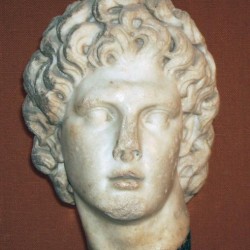 Italica, Alexander the Great |
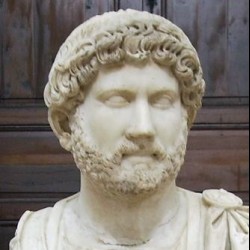 Italica, Hadrian |
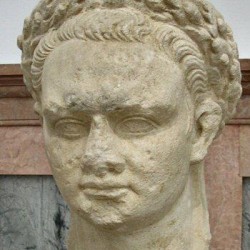 Italica, Domitian |
 Diana from Italica |

The Italicans had a great many cults. A particularly fine statue was dedicated to the purely Roman goddess Diana (below), but the Italicans were not hostile to foreign deities. We know that the Egyptian Isis was venerated as well. The picture to the right shows an Egyptian deity (dressed in a Roman toga), with an ibis. It is likely that the sculptor wanted to depict Anubis and the phoenix bird. They would have been a nice couple: Anubis represents death and the phoenix stands for eternal life.
The next four pictures represent the fine decoration of a column that was once in the theater of Italica. The third figure represents a satyr, the other three are dancing maenads (ecstatic women). Satyrs and maenads are associated with the cult of the Greek god Dionysus, who, in his Athenian form, protected tragedy and comedy. Monuments like these are found on several places in the Mediterranean world (e.g., Ptolemais in the Cyrenaica), and are believed to have been inspired by the funeral monument of the Athenian playwright Euripides.
 Italica, Theater relief: Dancing maenad |
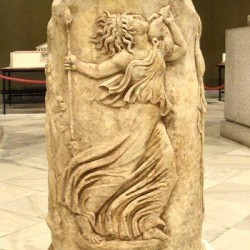 Italica, Theater relief: Dancing maenad |
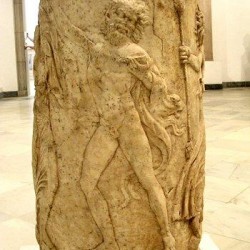 Italica, Theater relief: Dancing satyr |
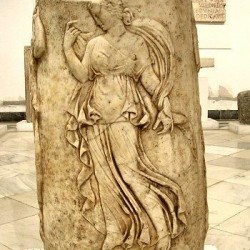 Italica, Theater relief: Dancing maenad (3) |